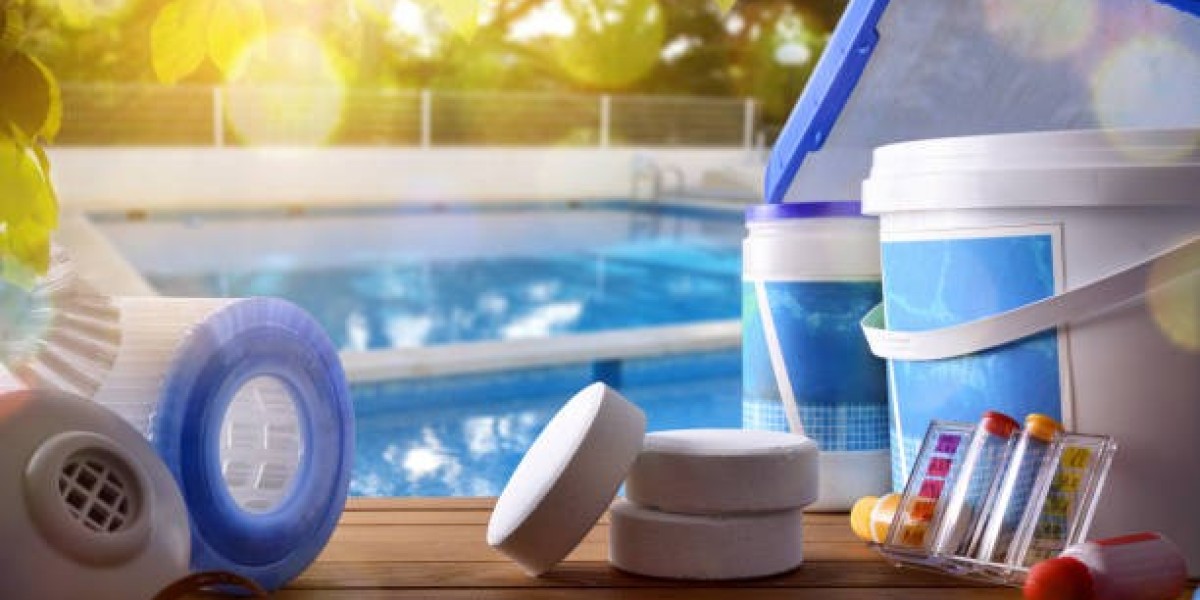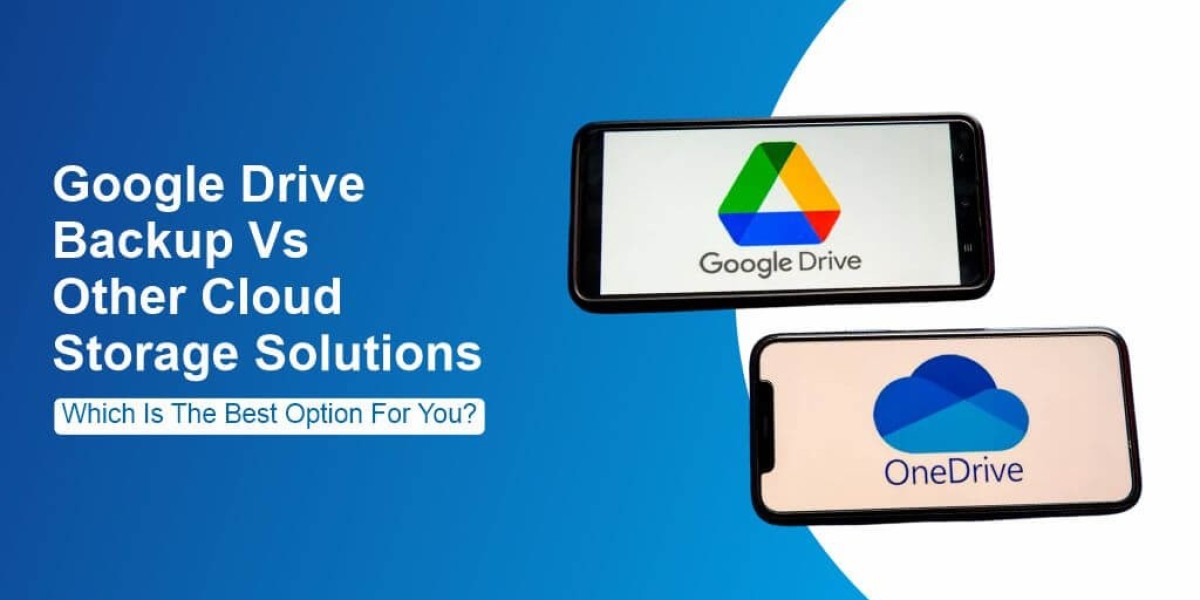Introduction
Swimming pool water disinfection is essential for maintaining hygiene and preventing waterborne diseases. Without proper sanitation, bacteria, algae, and viruses can thrive, making the pool unsafe. This guide explores effective disinfection methods and their benefits.
Importance of Swimming Pool Water Disinfection
A well-disinfected pool ensures safety and extends the pool’s lifespan. Contaminated water can cause skin irritations, infections, and respiratory issues. Proper disinfection eliminates harmful microorganisms, creating a safe swimming environment.
Common Swimming Pool Contaminants
Pools collect various contaminants, including bacteria, algae, dirt, and organic matter. Sweat, sunscreen, and urine introduce chemicals that affect water quality. Disinfecting the pool removes these contaminants, maintaining crystal-clear water.
Chlorine-Based Disinfection
Chlorine is the most widely used pool disinfectant. It effectively kills bacteria and viruses while controlling algae growth. Chlorine is available in liquid, granular, and tablet forms. Maintaining proper chlorine levels prevents waterborne illnesses and keeps the water clear.
Advantages of Chlorine
Cost-effective and widely available.
Efficient against bacteria, viruses, and algae.
Easy to monitor and adjust.
Disadvantages of Chlorine
Can cause skin and eye irritation.
Strong odor when improperly balanced.
Forms chloramines, which reduce effectiveness.
Saltwater Pool Disinfection
Saltwater pools use a chlorine generator to convert salt into chlorine. This system provides consistent disinfection with fewer chemicals. Saltwater pools are gaining popularity due to their lower maintenance and gentle effect on the skin.
Benefits of Saltwater Pools
Reduced need for chemical handling.
Softer water, reducing skin and eye irritation.
Lower maintenance compared to traditional chlorine pools.
Drawbacks of Saltwater Systems
Higher initial setup cost.
Potential corrosion of pool equipment.
Requires monitoring of salt and chlorine levels.
UV Pool Disinfection
Ultraviolet (UV) systems use light to neutralize bacteria and viruses. Water passes through a UV chamber, where harmful microorganisms are destroyed. UV disinfection is often used with other methods for enhanced water quality.
Pros of UV Disinfection
No harmful chemical byproducts.
Reduces chlorine demand.
Effective against chlorine-resistant pathogens.
Cons of UV Systems
Does not provide residual sanitation.
Requires electricity to operate.
Needs regular maintenance for optimal performance.
Ozone Pool Disinfection
Ozone generators inject ozone gas into the water, breaking down contaminants. Ozone is a powerful oxidizer that enhances chlorine’s effectiveness. It is often used in conjunction with chlorine or bromine for maximum sanitation.
Advantages of Ozone Systems
Stronger disinfectant than chlorine alone.
Reduces chemical usage.
Eliminates chlorine odors and irritation.
Disadvantages of Ozone
High initial investment cost.
Requires additional disinfection support.
Needs proper ventilation for safety.
Bromine as a Pool Disinfectant
Bromine is an alternative to chlorine, commonly used in hot tubs and indoor pools. It remains effective in high temperatures and produces fewer odors. Bromine tablets dissolve slowly, providing long-lasting sanitation.
Benefits of Bromine
Works better in warm water.
Less odor compared to chlorine.
Effective in controlling bacteria and algae.
Downsides of Bromine
More expensive than chlorine.
Less stable under sunlight.
Can be harder to monitor.
Choosing the Right Disinfection Method
Selecting the best disinfection method depends on budget, pool size, and maintenance preferences. Chlorine remains the most cost-effective option, while saltwater systems offer convenience. UV and ozone systems enhance sanitation but require additional costs.
Pool Water Testing and Maintenance
Regular water testing ensures proper chemical balance and disinfection effectiveness. Testing kits measure pH, chlorine, bromine, and alkalinity levels. Maintaining proper chemical levels prevents algae growth, water cloudiness, and equipment damage.
Key Pool Maintenance Tips
Test water at least twice a week.
Maintain pH between 7.2 and 7.8.
Shock the pool periodically to eliminate contaminants.
Clean filters regularly for optimal performance.
Eco-Friendly Pool Disinfection Options
Many pool owners seek environmentally friendly disinfection methods. Natural mineral systems, hydrogen peroxide, and plant-based enzymes offer alternative sanitation solutions. These options reduce chemical dependency while keeping pools clean.
Sustainable Pool Disinfection Methods
Mineral Systems: Use silver and copper ions to control bacteria.
Hydrogen Peroxide: Works as an oxidizer in non-chlorine pools.
Enzyme-Based Cleaners: Break down organic waste naturally.
Conclusion
Mixed Oxidants Water Disinfection is crucial for maintaining a clean and safe swimming environment. Chlorine, saltwater, UV, ozone, and bromine each offer unique benefits and drawbacks. Regular testing and maintenance ensure effective sanitation, prolonging the pool’s lifespan. Choosing the right disinfection method depends on budget, maintenance effort, and personal preference. By implementing proper water treatment practices, pool owners can enjoy a safe and refreshing swimming experience.










